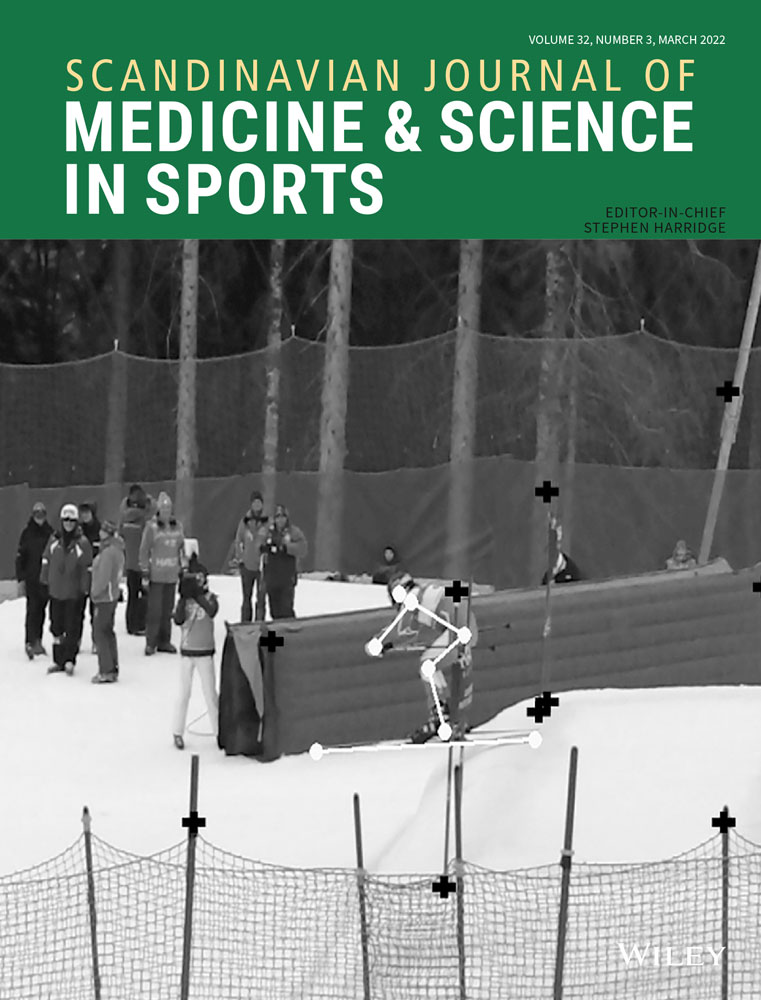Comparison of high intensity interval training with standard cardiac rehabilitation on vascular function
Abstract
Objectives
To compare the short- and long-term effects of high-intensity interval training (HIIT) with usual care moderate intensity continuous training (MICT) on systemic vascular function and stiffness in patients with coronary artery disease undergoing a cardiac rehabilitation program.
Design
Randomized controlled trial.
Methods
Fifty-four patients (age = 63 ± 8 years, 93% male) were randomized to complete 3 sessions/week (2 supervised, 1 home-based) of either (1) 4 × 4-min HIIT or (2) 40-min MICT, for 4 weeks. Patients then continued 3 unsupervised home-based sessions/week of their allocated training for 11 months. Brachial artery flow-mediated dilation, pulse wave velocity, and blood pressure were measured at baseline, 4 weeks, 3 months, 6 months, and 12 months. Data were analyzed using linear mixed modeling and are presented as mean change from baseline (95% CI).
Results
HIIT showed a greater improvement in flow-mediated dilation compared to MICT after 4 weeks [1.5% (0.9, 2.1) vs 0.1% (−0.5, 0.8); p = 0.004) but not 12 months [1.2% (−0.2, 2.5) vs 0.4% (−0.8, 1.7); p = 0.153). There were no short- or long-term group differences for changes in pulse wave velocity, peripheral or central blood pressure between HIIT and MICT after 4 weeks, or over 12 months.
Conclusions
A 4-week HIIT program was superior to MICT for improving vascular function, but not arterial stiffness or blood pressure. Over 12 months, changes in vascular function, blood pressure, and arterial stiffness were similar for HIIT and MICT.
CONFLICT OF INTEREST
The authors have no disclosures to declare.
Open Research
DATA AVAILABILITY STATEMENT
The data that support the findings of this study are available from the corresponding author upon reasonable request.




